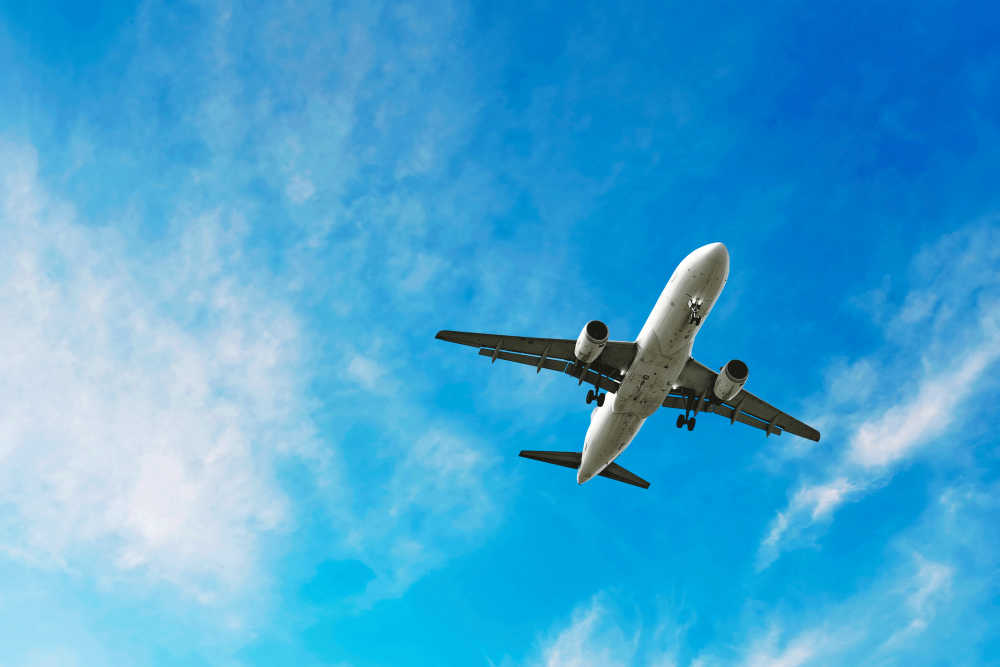
A recent report has found that air traffic controllers are increasingly working under the influence of alcohol and fatigue.
A recent report by the Federal Aviation Administration (FAA) has found that air traffic controllers are increasingly working under the influence of alcohol and fatigue. The report found that over the past five years, there have been a number of incidents in which air traffic controllers have been found to be intoxicated or asleep on the job.

The report is raising serious concerns about the safety of the nation’s air travel system. Air traffic controllers are responsible for ensuring the safe and efficient flow of air traffic, and even a small mistake can have catastrophic consequences.
The FAA is taking steps to address the problem, but some experts say that more needs to be done. They are calling for the FAA to implement stricter screening and testing procedures for air traffic controllers, as well as to provide them with more support and resources.
The Dangers of Drunk and Fatigued Air Traffic Controllers
Drunk and fatigued air traffic controllers pose a serious threat to the safety of air travel. When air traffic controllers are under the influence of alcohol or sleep deprivation, their judgment and reaction times can be impaired. This can lead to mistakes that can have disastrous consequences.
In recent years, there have been a number of high-profile incidents involving drunk and fatigued air traffic controllers. In 2010, an air traffic controller in New York City fell asleep on the job, causing a near-collision between two planes. In 2015, an air traffic controller in Atlanta was arrested for driving under the influence of alcohol after he was found asleep at his workstation.
These are just a few examples of the dangers posed by drunk and fatigued air traffic controllers. Every year, there are dozens of incidents in which air traffic controllers make mistakes that could have led to accidents.
The FAA’s Response
The FAA is taking steps to address the problem of drunk and fatigued air traffic controllers. The agency has implemented a number of new policies and procedures, including:
- Stricter screening and testing procedures for air traffic controllers. All air traffic controllers must now undergo a background check and a psychological evaluation before they can be hired. They must also undergo regular drug and alcohol testing.
- More support and resources for air traffic controllers. The FAA has provided air traffic controllers with more training on how to deal with fatigue and stress. The agency has also created a peer support program to help air traffic controllers who are struggling with alcohol or drug abuse.
What More Needs to Be Done?
Some experts say that the FAA is not doing enough to address the problem of drunk and fatigued air traffic controllers. They are calling for the agency to implement stricter penalties for air traffic controllers who are found to be under the influence of alcohol or sleep deprivation. They are also calling for the FAA to do more research on the causes of fatigue in air traffic controllers and to develop more effective interventions.
The safety of the nation’s air travel system depends on the vigilance of air traffic controllers. It is important that the FAA take all necessary steps to ensure that air traffic controllers are working safely and efficiently.






